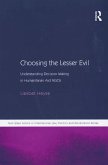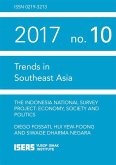Among policies that affect Higher Education Institutions (HEIs), the Bologna Process has transformed the face of European Higher Education (HE), defining the European Higher Education Area (EHEA). Against this background, WISE (Welfare for Improved Social dimension of Education) has developed an innovative multidimensional assessment framework for HEIs to better track students, understand, anticipate their needs, to define and deploy more, and better “student centred” services and solutions.
This report is structured as follow: the findings of the first part of the WISE project are presented following the structure of the key takeaways presented above. The second part of the findings come from focus group realized by the international partners involved in the WISE project. Finally, a second part of the project has been conducted, only in Italy for EDUCatt. The second phase of the WISE project was aimed at assessing the impacts of welfare services on the satisfaction of students’ welfare needs. To achieve this aim, a quasi-experiment was designed and implemented. EDUCatt implemented a set of welfare services for students on the four campuses (Milano, Roma, Piacenza, and Brescia) of the Università Cattolica del Sacro Cuore and assessed the subsequent changes in students’ satisfaction.
This report is structured as follow: the findings of the first part of the WISE project are presented following the structure of the key takeaways presented above. The second part of the findings come from focus group realized by the international partners involved in the WISE project. Finally, a second part of the project has been conducted, only in Italy for EDUCatt. The second phase of the WISE project was aimed at assessing the impacts of welfare services on the satisfaction of students’ welfare needs. To achieve this aim, a quasi-experiment was designed and implemented. EDUCatt implemented a set of welfare services for students on the four campuses (Milano, Roma, Piacenza, and Brescia) of the Università Cattolica del Sacro Cuore and assessed the subsequent changes in students’ satisfaction.









